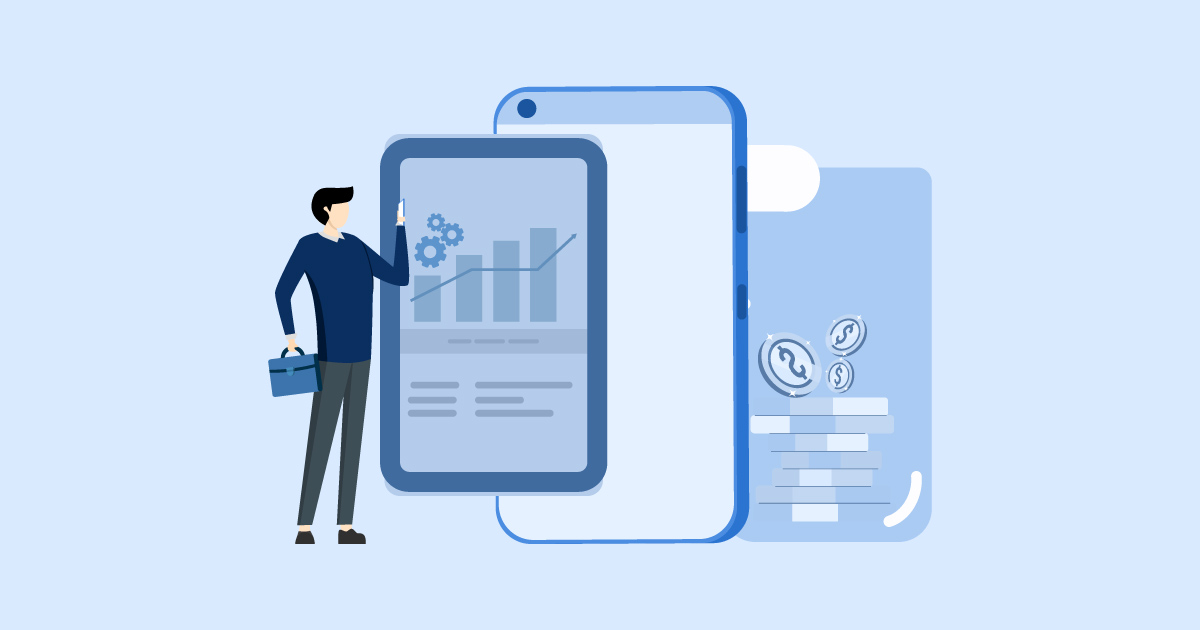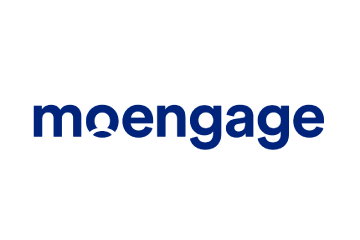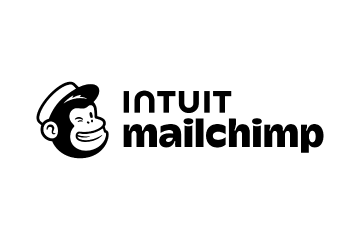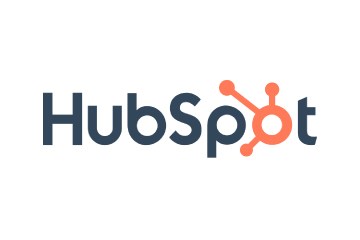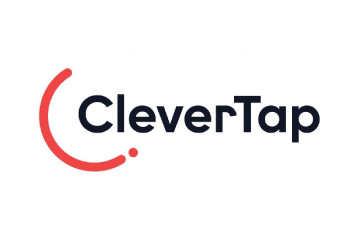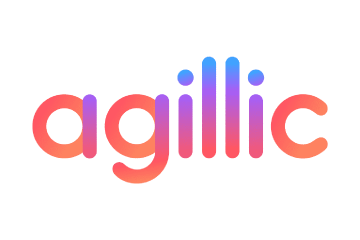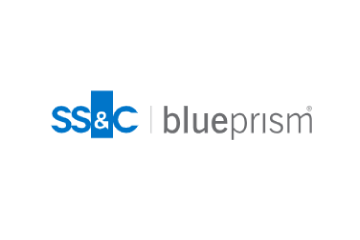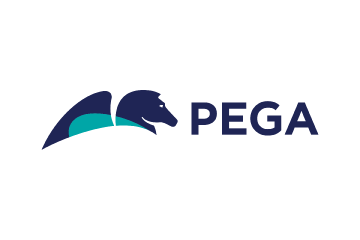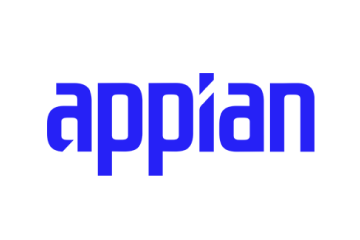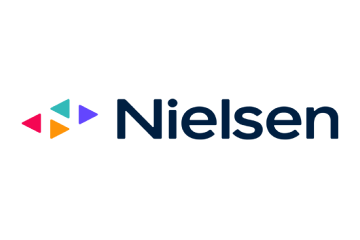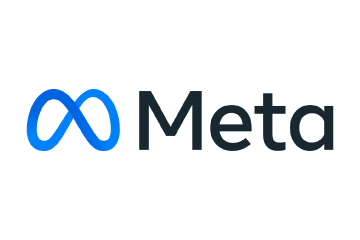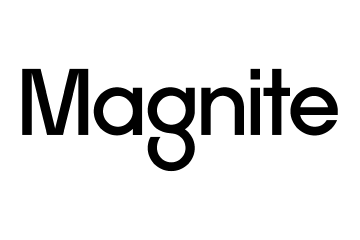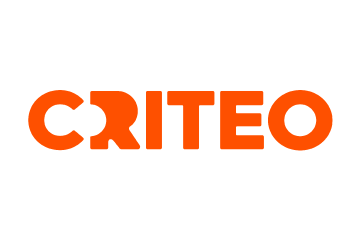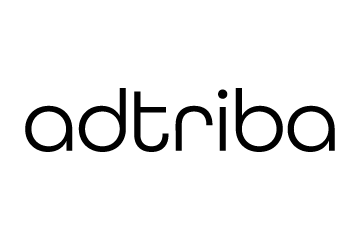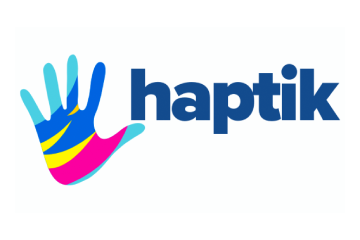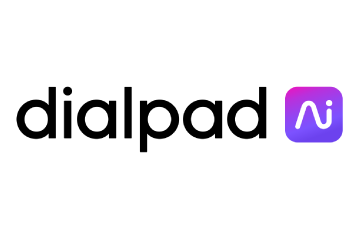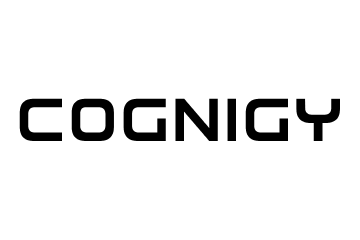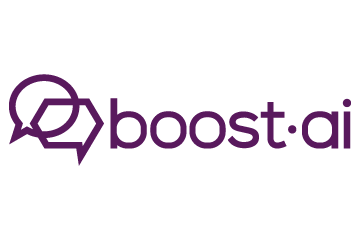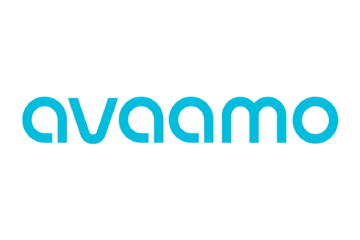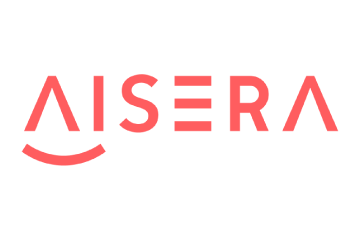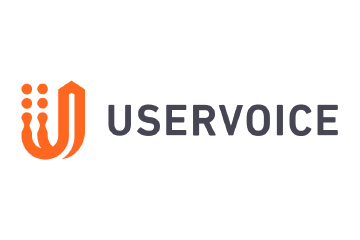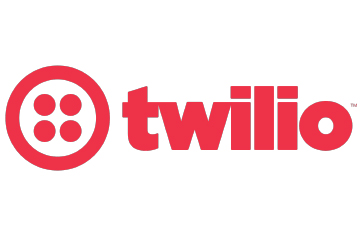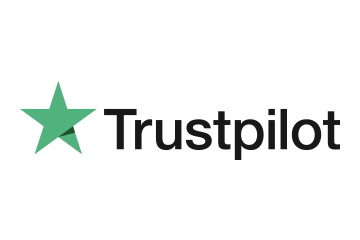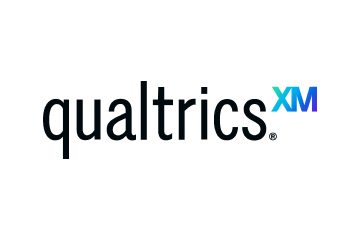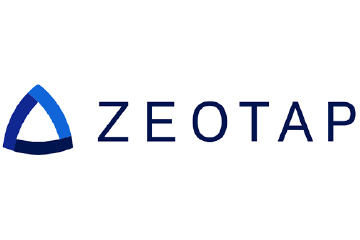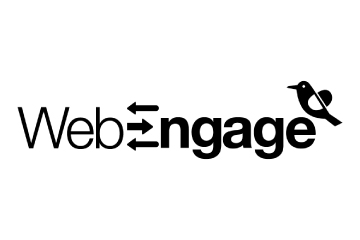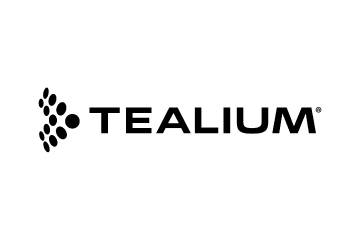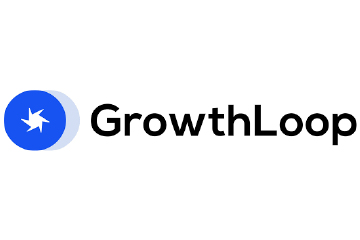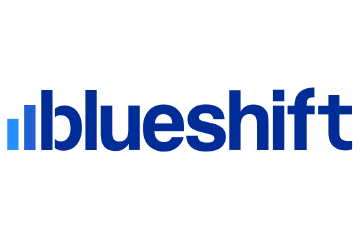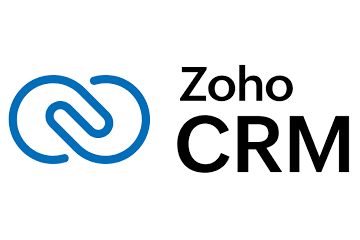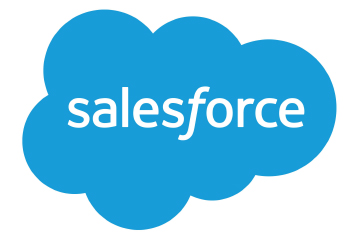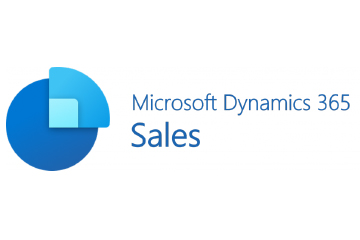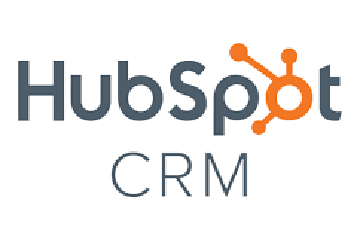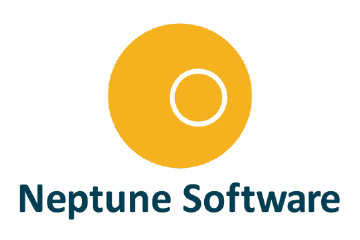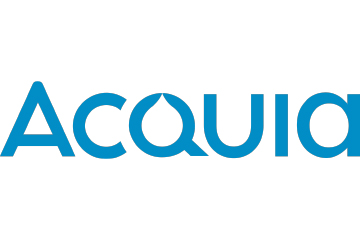Jia explains why regulatory shifts have opened up unprecedented freedom for apps, why localisation is no longer optional, and how developers can rethink checkout, subscriptions, and direct sales to maximise lifetime value.
1. The Changing Landscape of Mobile App Payments and Monetisation
Regulatory Shifts Open Up Alternatives: Mobile app monetisation is undergoing significant change due to legal and regulatory shifts. Major court cases and laws around the world – from Epic Games’ antitrust battles against Apple and Google in the US to the EU’s Digital Markets Act and new rules in Japan – have started to loosen the app stores’ grip as “gatekeepers” of mobile commerce.
In practical terms, developers are gaining freedom to sell outside the official app stores. In fact, many app publishers (including big players like Epic, Spotify, and others) are already steering users to pay via their own web stores, bypassing the app stores entirely.
As these changes take effect, developers are no longer necessarily locked into handing over a ~30% commission on in-app purchases. New paths like web-based payments or third-party app stores are becoming viable .
Shifts in User Behavior and Business Models: Equally important, user behaviour and app business models have shifted. Consumers have moved away from the old pay-once, use-forever models in favour of recurring purchases like subscriptions and in-app purchases (IAP). This surge in subscription-based monetisation over the past few years is partly a response to stricter privacy rules that made hyper-targeted ads less effective.
Recent research underscores this hybrid monetisation trend: more businesses are adopting multiple revenue streams (mixing ads, IAP, subscriptions, etc.) to maximise their earnings. Data.ai’s latest report finds the app economy is now worth around $500 billion annually, with about two-thirds coming from advertising and one-third from in-app purchases . To boost revenue, top app publishers leverage a combination of ads and direct user spend – in fact, 65% of the top 20 apps use both ad monetisation and in-app purchase streams.
2. Missed Opportunities in Global Expansion for App Companies
Despite booming opportunities abroad, many mobile app companies are still missing out on expanding their global footprint. A key mistake is failing to localise the purchase experience for each target market.
Research shows that businesses which enable regionally preferred payment methods see 21% higher growth rates than those that don’t, and websites that localise pricing (showing prices in the user’s own currency) convert at roughly 2× the rate of sites that stick to a single currency . This is backed up by user expectations: a full 76% of shoppers prefer sites that display prices in their home currency.
If your app only offers USD pricing and credit card payments, for instance, many international users will feel less comfortable and may simply abandon the purchase. In fact, companies that fail to support local payment methods or local currencies are risking extremely high cart abandonment in those regions. Users get frustrated when forced into unfamiliar payment flows or foreign prices and often just give up.
Another area where app developers fall short is underestimating the operational challenges of going global. Expanding into new countries isn’t as simple as flipping a switch –there are logistical hurdles like setting up local business entities, navigating foreign tax/VAT laws, handling currency conversion, and complying with region-specific regulations.
With FastSpring, all those behind-the-scenes necessities are covered for you, so a small team can instantly start selling into new markets without setting up local subsidiaries . This kind of partnership turns global expansion from a year-long project into something you can achieve in days. It not only keeps you legal (avoiding fines by handling things like EU GDPR, PSD2/SCA requirements for payments, local invoicing rules, etc.), but also improves the customer experience – buyers get a fast, localised checkout with no surprise fees.
3. Tactics to Expand Beyond Your Home Region (e.g. Beyond Asia)
Offer Local Payment Options and Currencies
Integrate methods popular in each market—Visa, SEPA, Klarna in Europe; Alipay, WeChat Pay, GrabPay in Asia. Always price in local currency. FastSpring research shows aligning with local payment preferences unlocks entirely new revenue streams and boosts conversion by cutting friction.
Localise Language and User Experience
Translate listings, app flows, and checkout pages. Adapt aesthetics and marketing tone to local cultures. Offer customer support in local languages and time zones. Localisation is not just linguistic—it’s cultural.
Adapt Pricing and Monetisation Strategies
Purchasing power and preferences differ by region. In Asia, annual subscriptions outperform monthly renewals, while in North America, monthly subscriptions and free trials dominate. Tailoring monetisation to regional behavior avoids leaving money on the table.
Leverage Global Partnerships
Local app stores, regional ad networks, and MoR platforms simplify distribution, compliance, and tax handling. A MoR ensures adherence to Europe’s PSD2 or Japan’s consumption tax, freeing teams to focus on growth.
Maintain Consistent but Culturally Sensitive Branding
Adopt a “glocal” approach: keep brand identity consistent, but align campaigns with local holidays, norms, and preferences. Apps that balance global recognition with local resonance build stronger trust.
4. Driving Direct Monetisation in Mobile Apps
For developers, direct monetisation is increasingly essential. Selling directly through web shops or in-app webviews avoids 30% app store fees, improves margins, and gives full ownership of customer relationships.
Case Study: Otter.ai
Otter.ai priced its annual Pro plan at $129.99 on app stores but $119.99 on the web, explicitly pointing to platform fees as the reason. By encouraging direct purchase, it improved retention and user loyalty.
Why Direct Monetisation Matters
Beyond higher margins, direct sales enable contact data collection, flexible pricing, loyalty programs, and upselling opportunities. Companies avoid sudden policy shifts from Apple/Google and retain greater strategic control.
How to Drive Direct Monetisation
- Promote Awareness: Highlight web store options on websites, social media, and emails.
- Offer Incentives: Discounts or perks for direct purchases (e.g., bonus in-game items).
- Enable Accounts: Link purchases via accounts, ensuring seamless in-app redemption.
- Stay Compliant: Apple still restricts explicit prompts; use subtle in-app flows and out-of-app messaging.
- Partner with MoRs: FastSpring and similar providers handle global payments, fraud, VAT, and compliance, making direct monetisation viable even for small teams.
Direct monetisation is quickly becoming table stakes in gaming and subscription apps, with more developers adopting it in 2025.
5. Optimising the Mobile App Checkout Experience
Simplify Checkout Flows
Every extra step risks abandonment. Baymard Institute reports 18% of U.S. shoppers abandon carts due to complicated checkout. Streamlined, one-tap or one-page flows can increase conversion by up to 35%.
Integrate Mobile-Friendly Payment Methods
Apple Pay, Google Pay, UPI, and Pix enable instant, trusted transactions. Design for mobile-first behavior—large buttons, autofill, and minimal typing. Poor checkout UX on small screens is a revenue killer.
Build Trust at Checkout
Consistency in branding, HTTPS, security badges, and social proof reassure buyers. Nearly 1 in 5 abandon due to trust issues. Localised checkout pages (language, currency, logos) increase confidence and reduce drop-offs.
Offer Transparent Pricing
Hidden fees drive abandonment. Show full prices—including taxes—upfront. Make discounts and promotions clear to avoid surprises.
Test and Optimise
Use analytics to identify drop-off points, then A/B test improvements. Even small UX tweaks can yield meaningful revenue gains at scale.
Partner with Payment Specialists
MoR platforms like FastSpring use smart routing, fraud prevention, and compliance tools to maximise approval rates and create frictionless, localised checkouts across regions.
ALSO READ: Fix Your Product Feed, Fix Your Funnel
